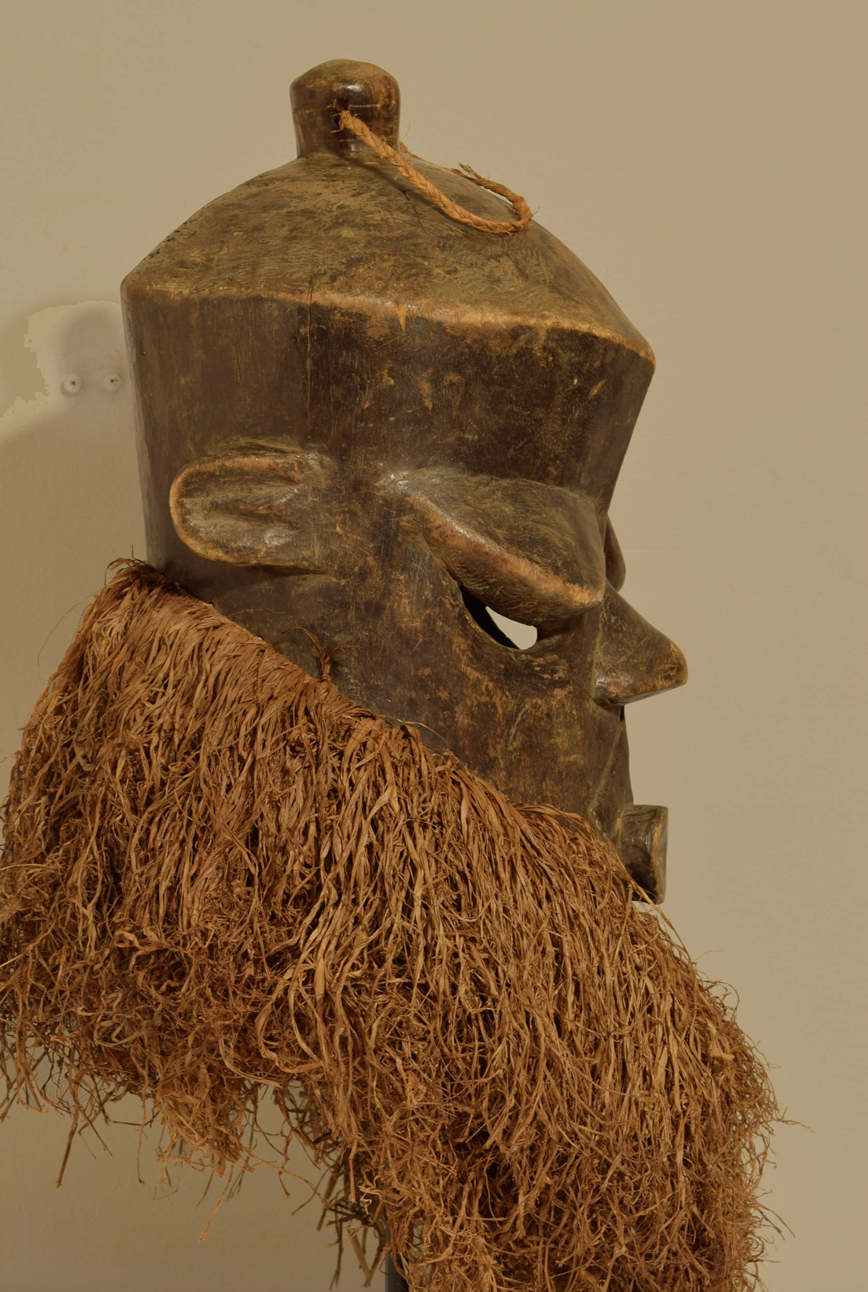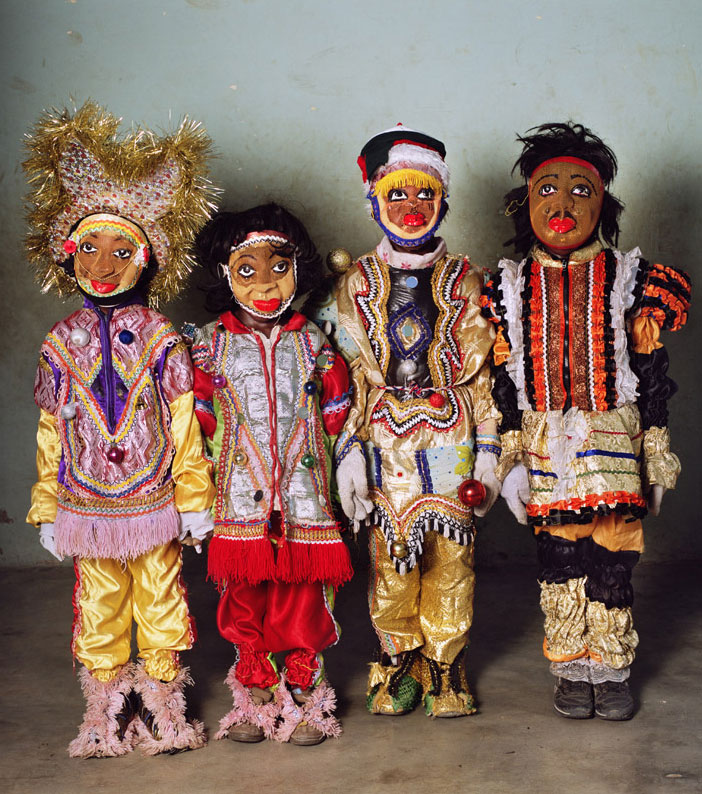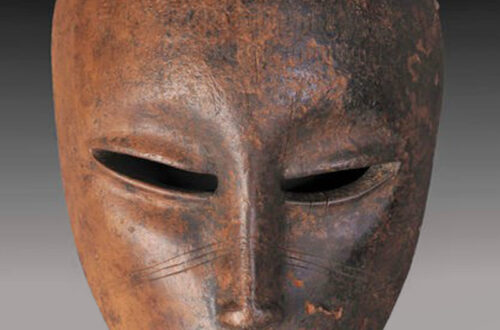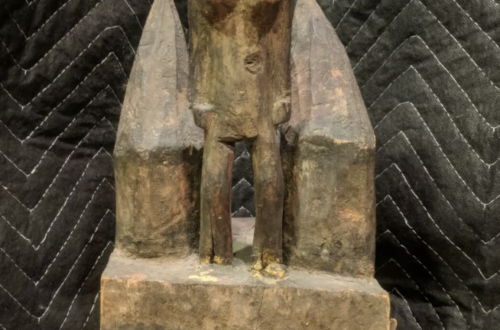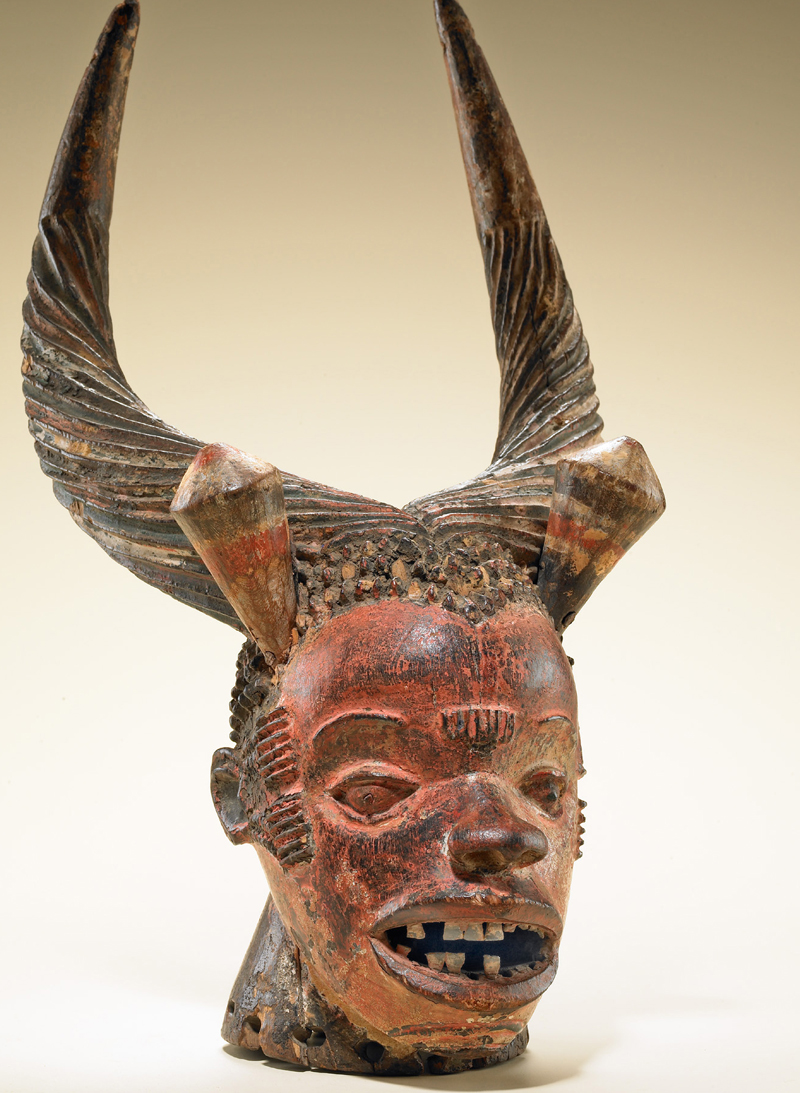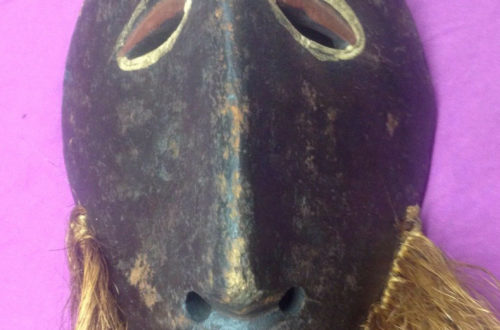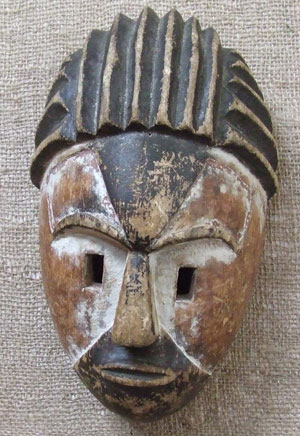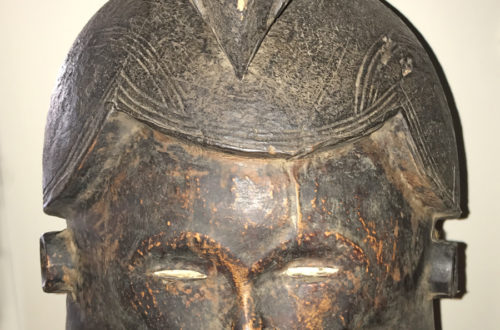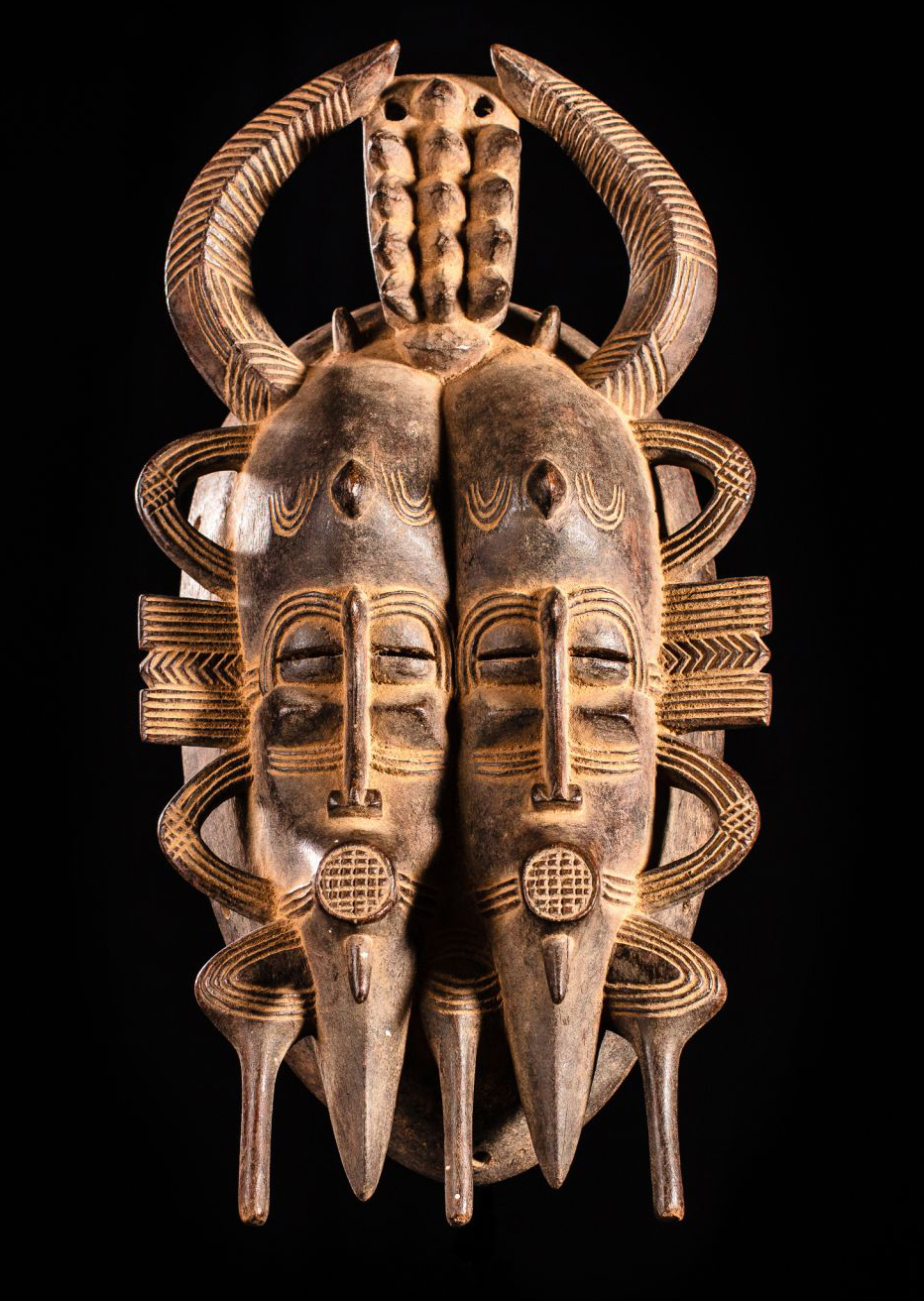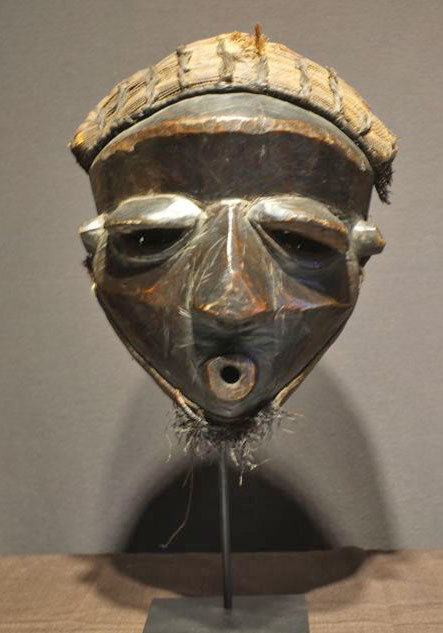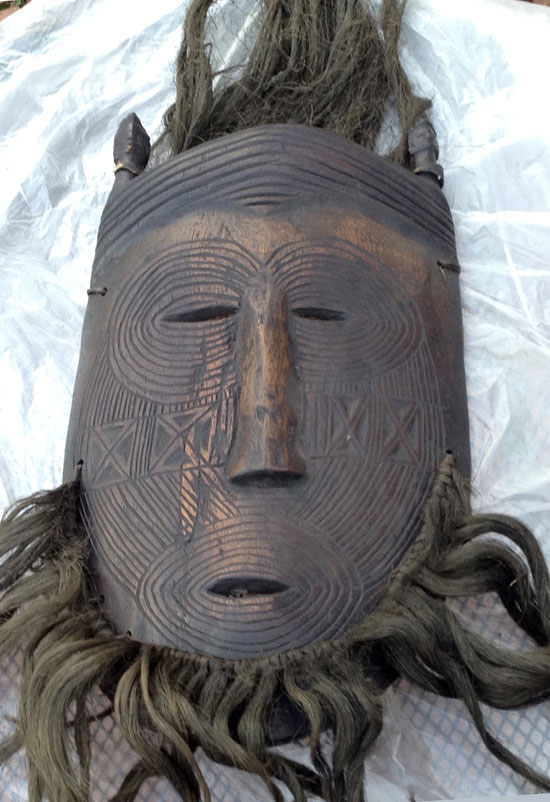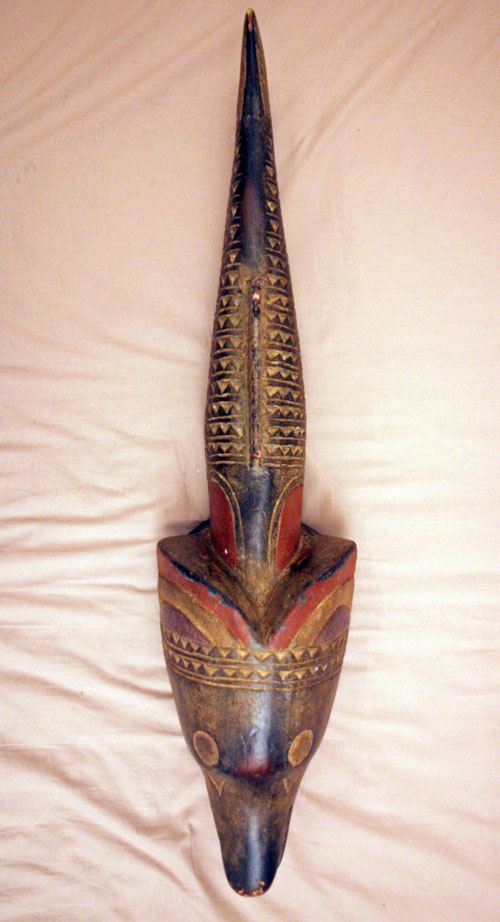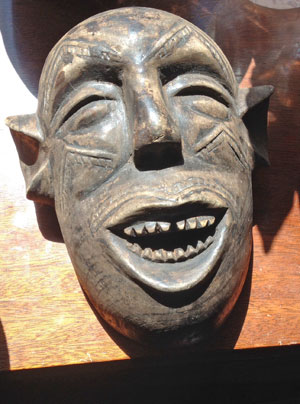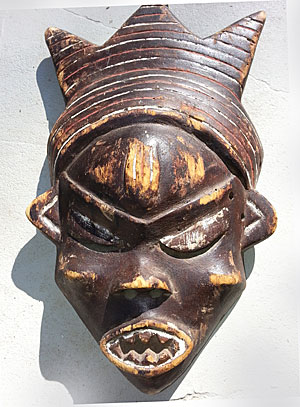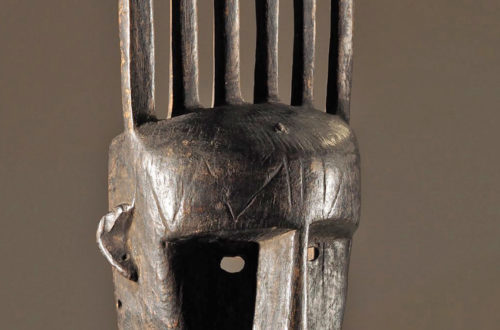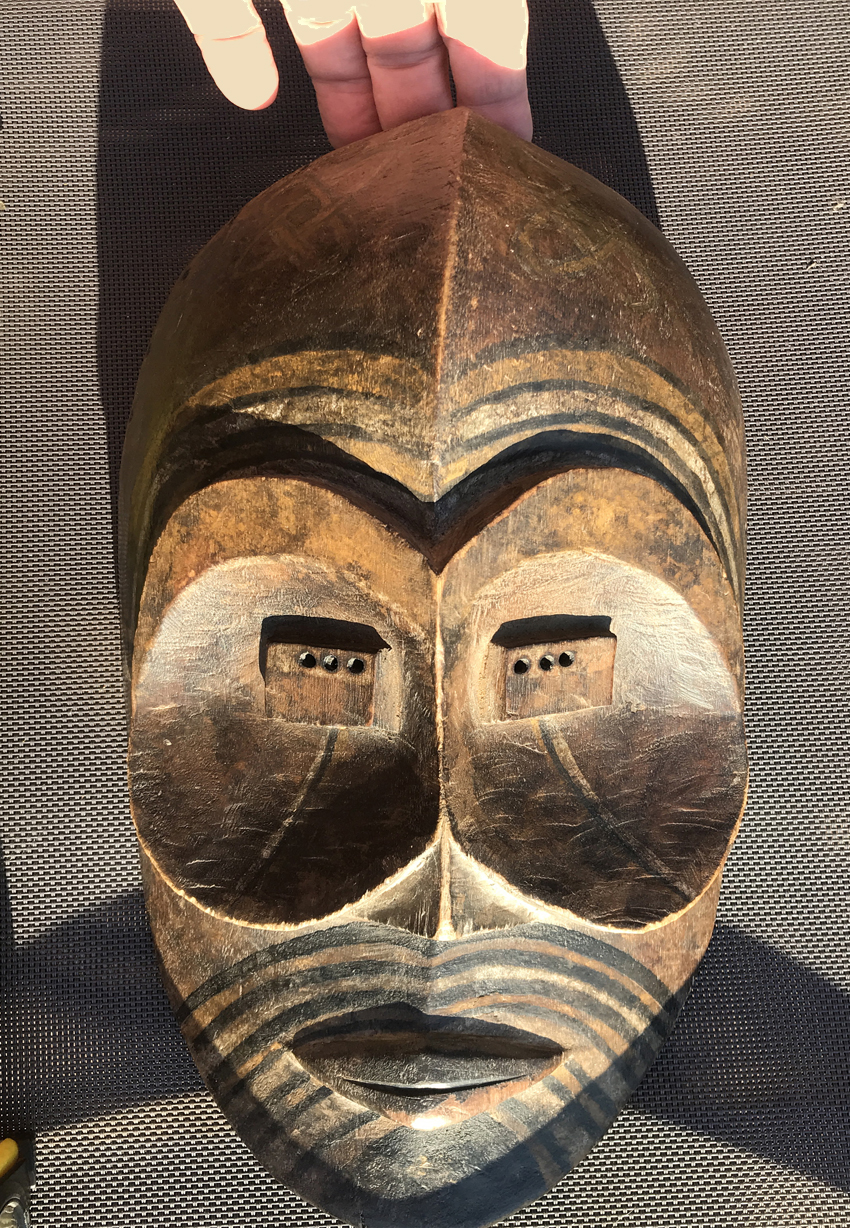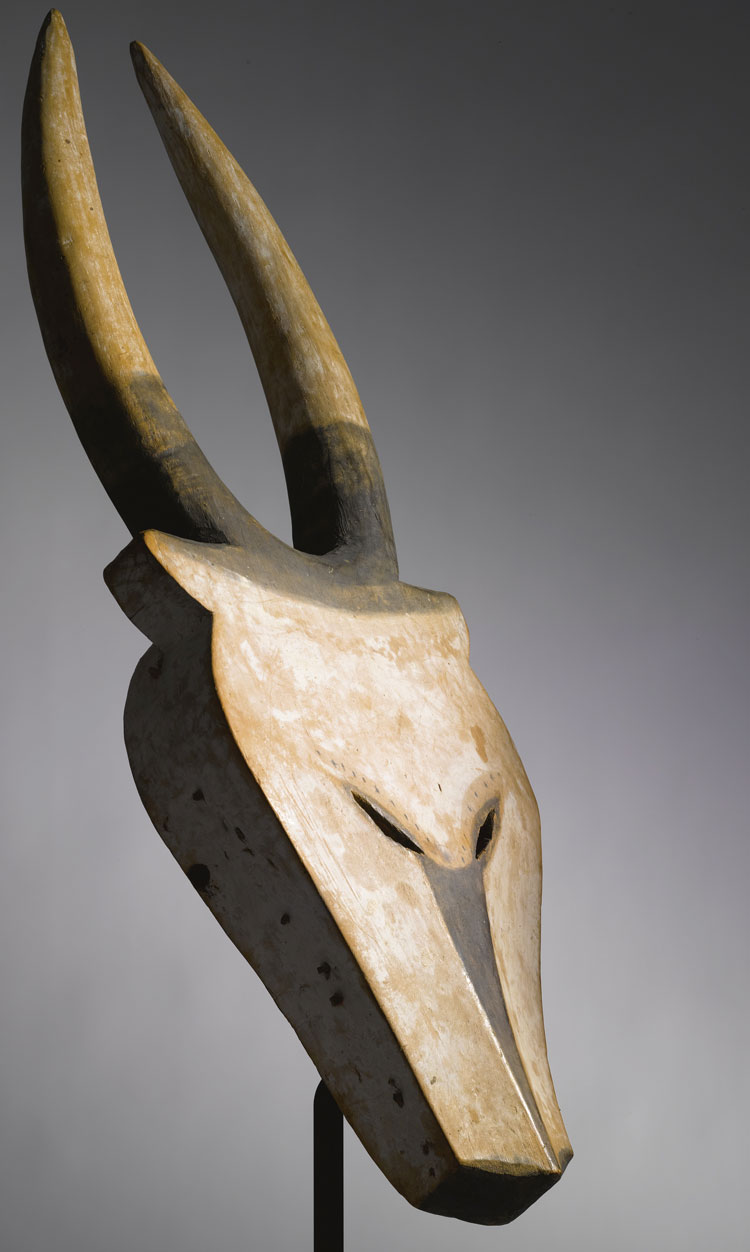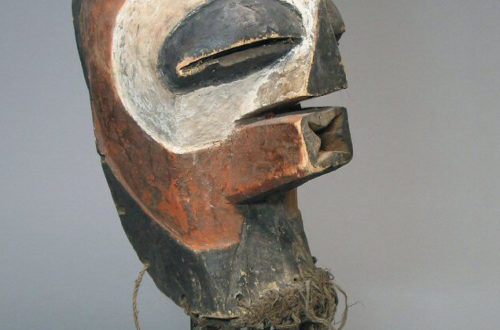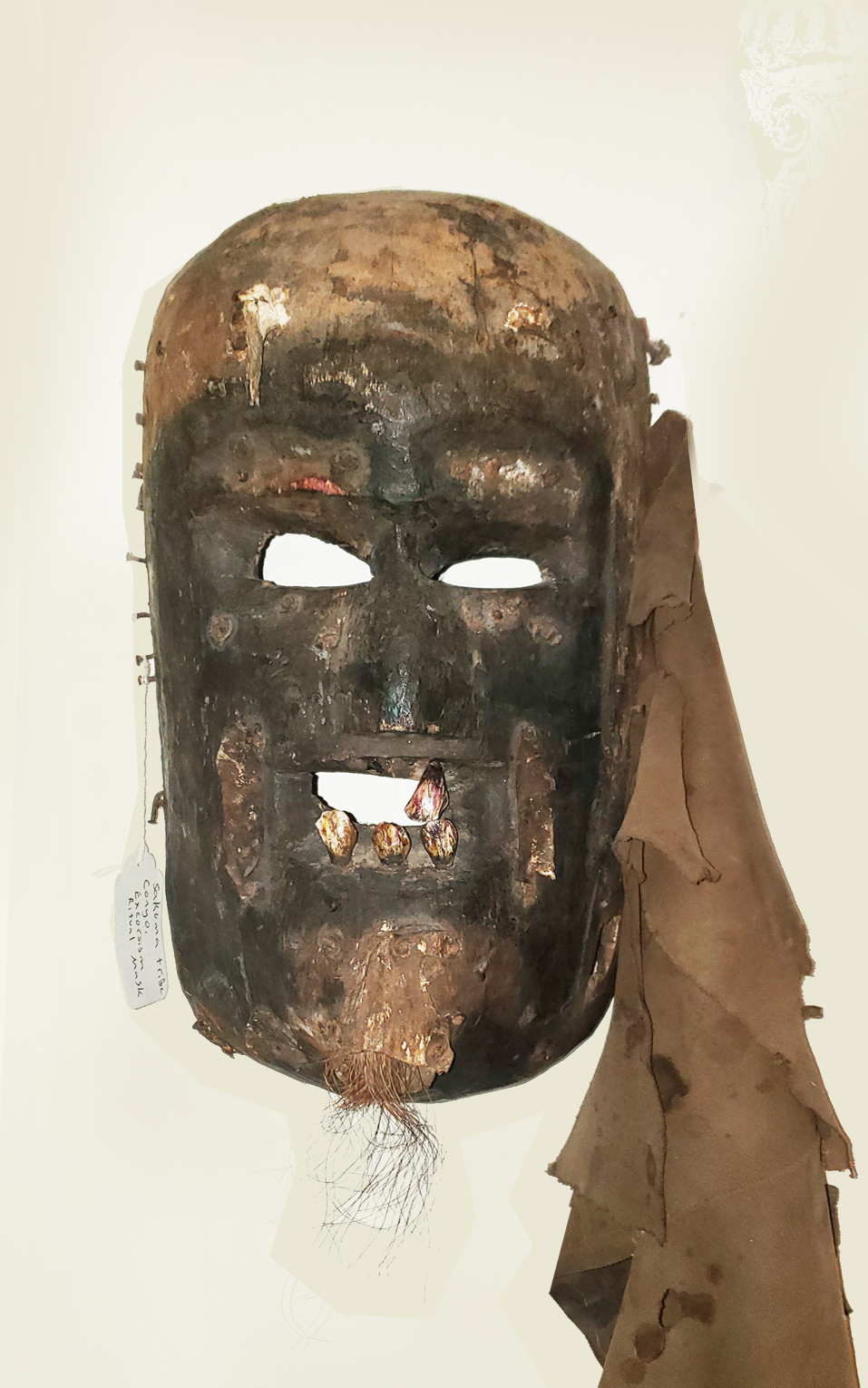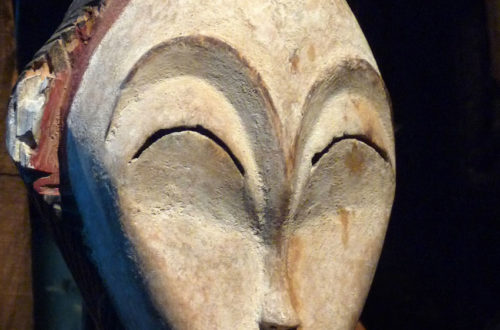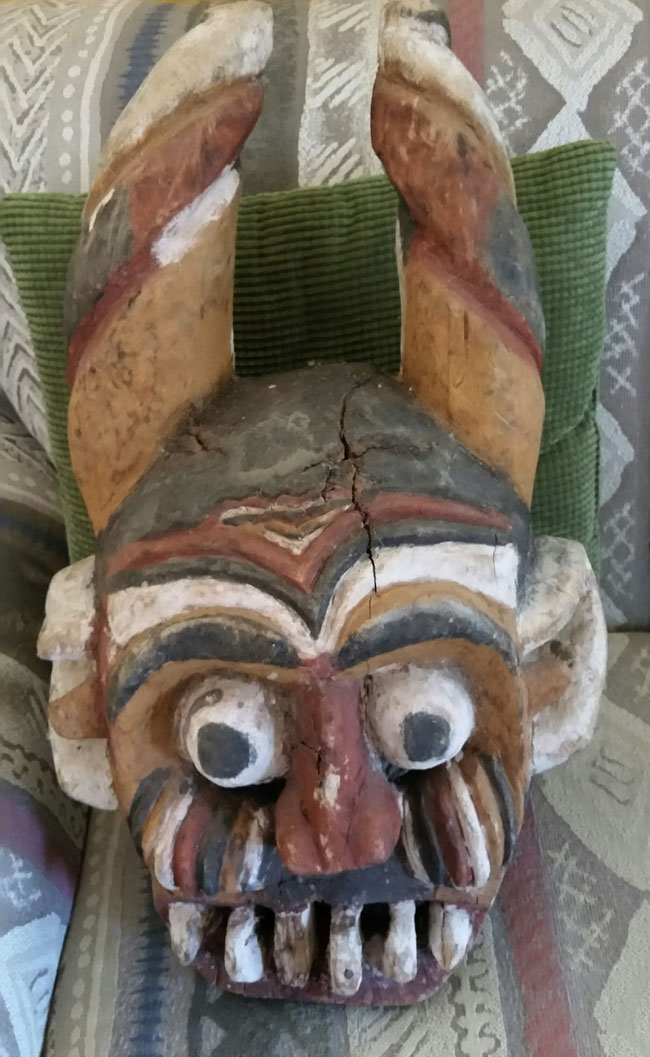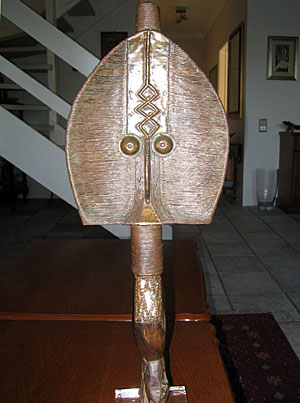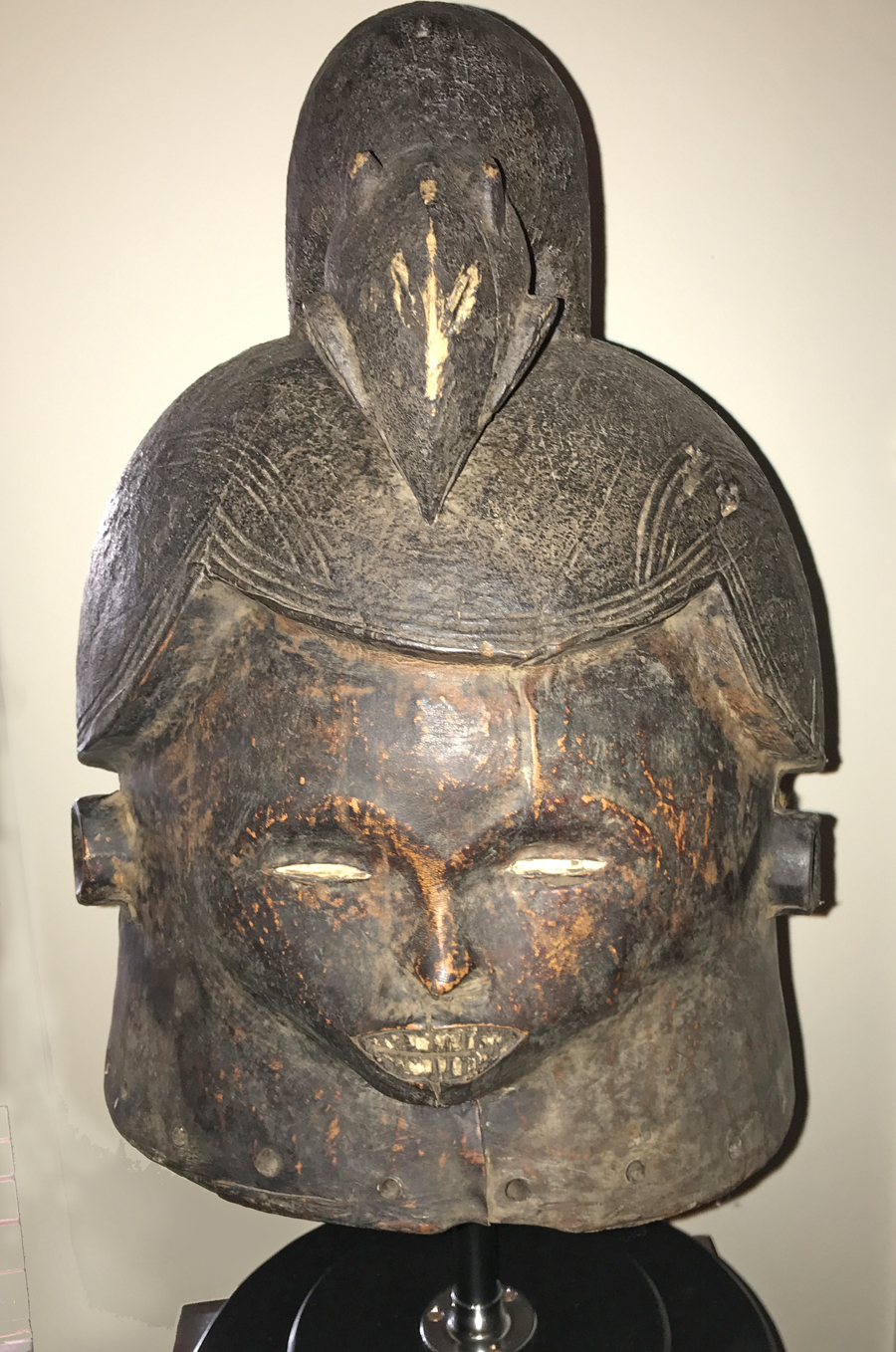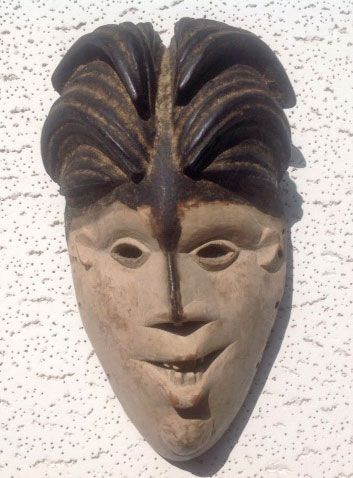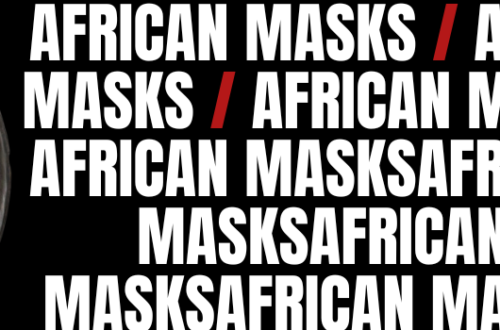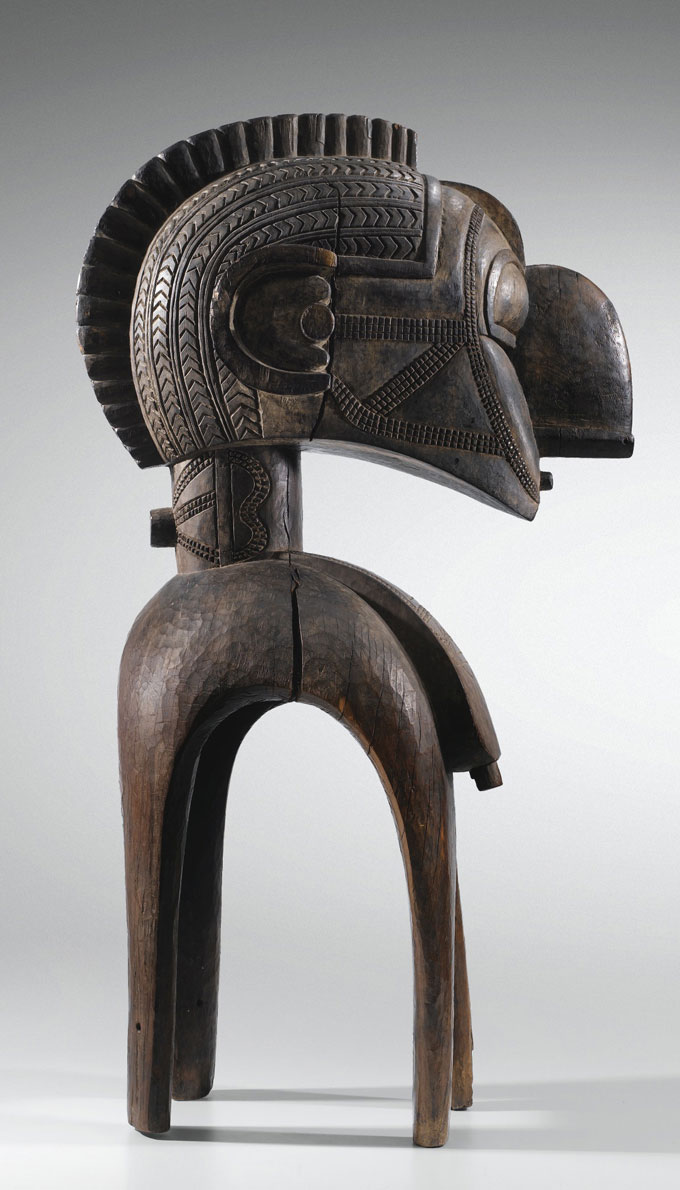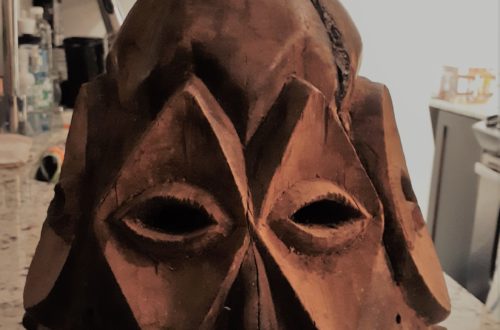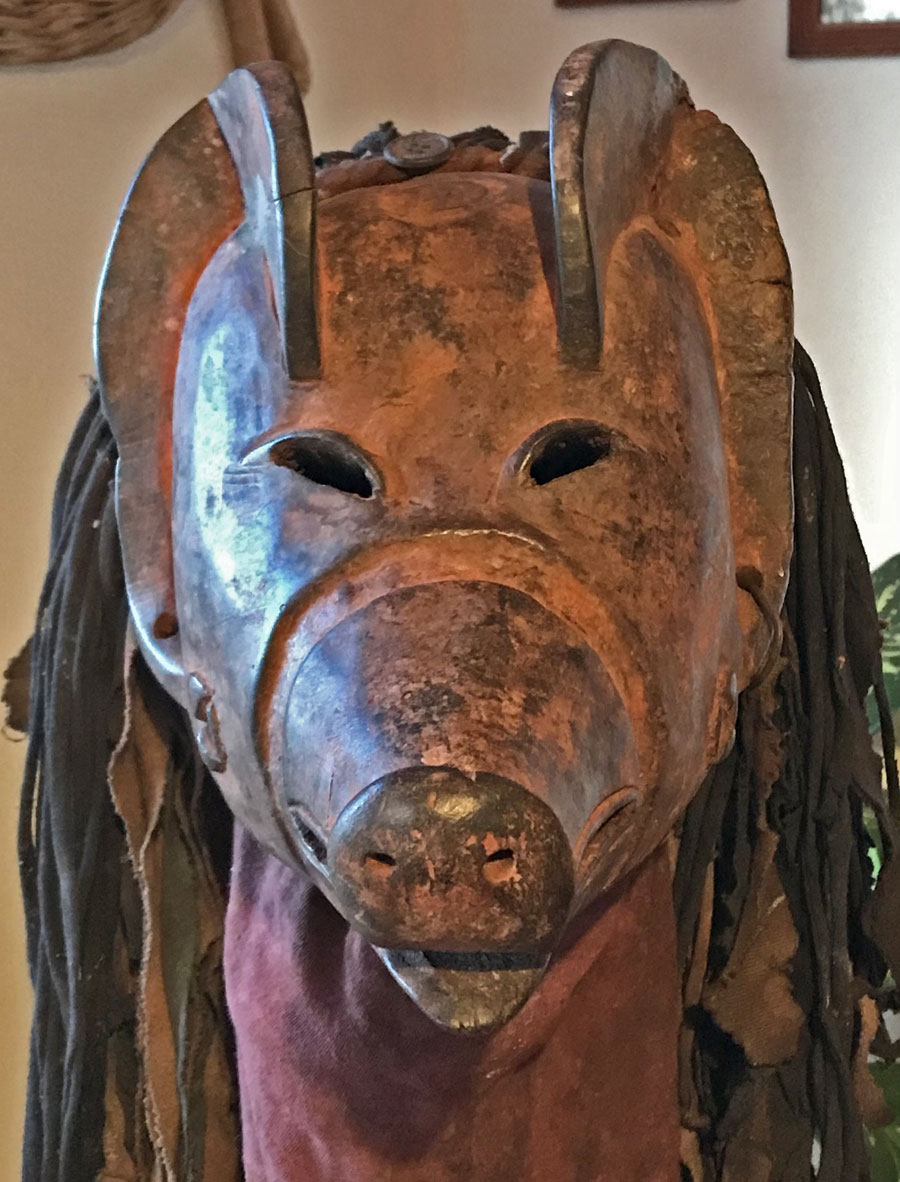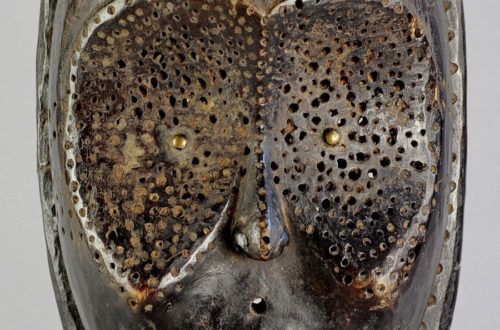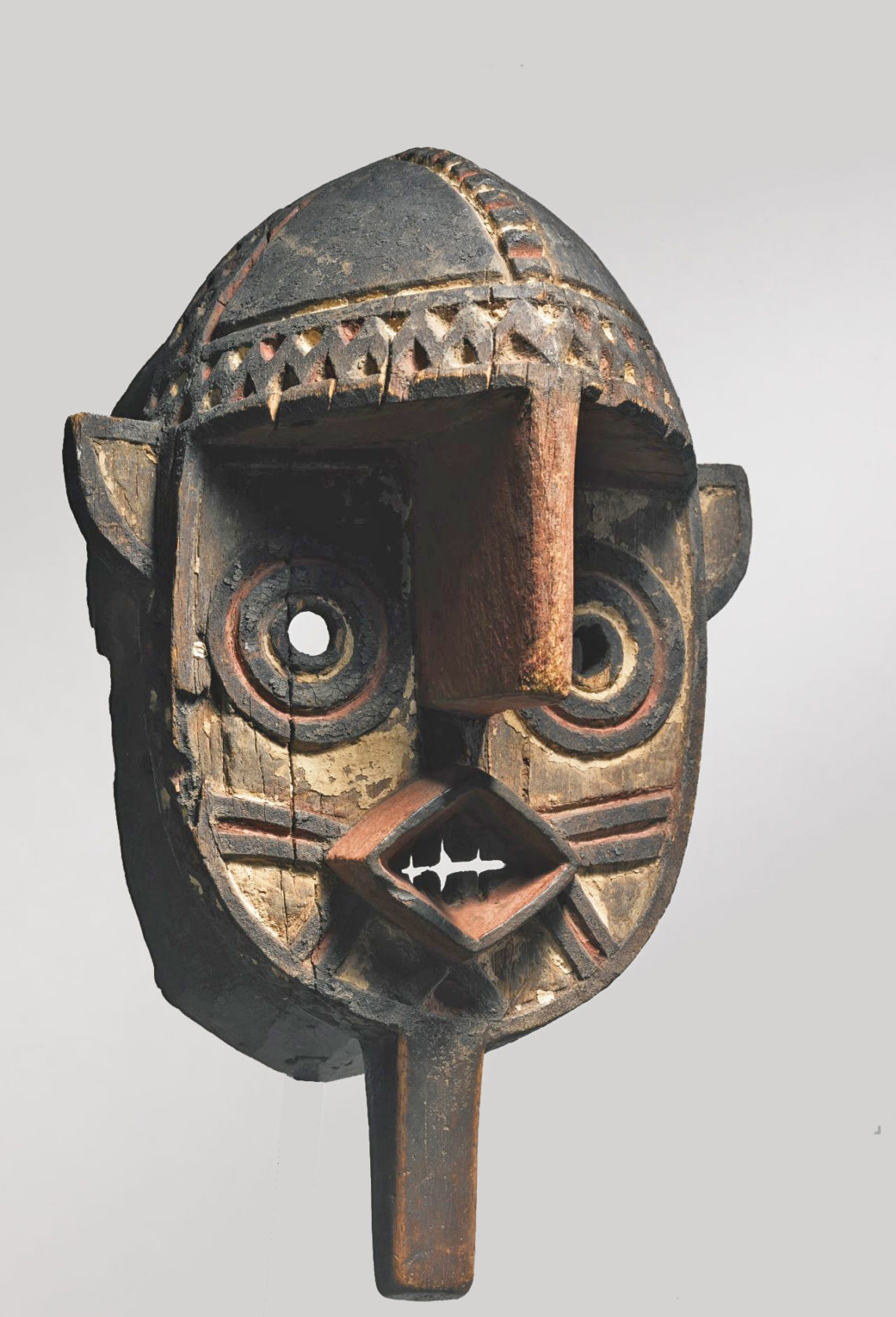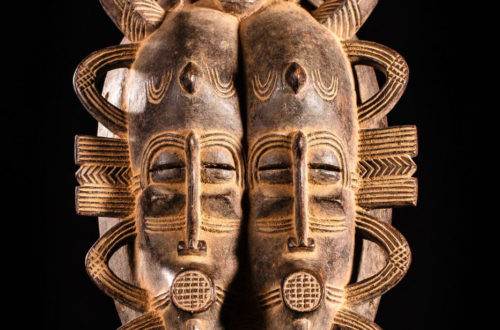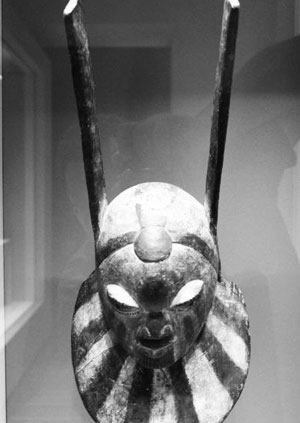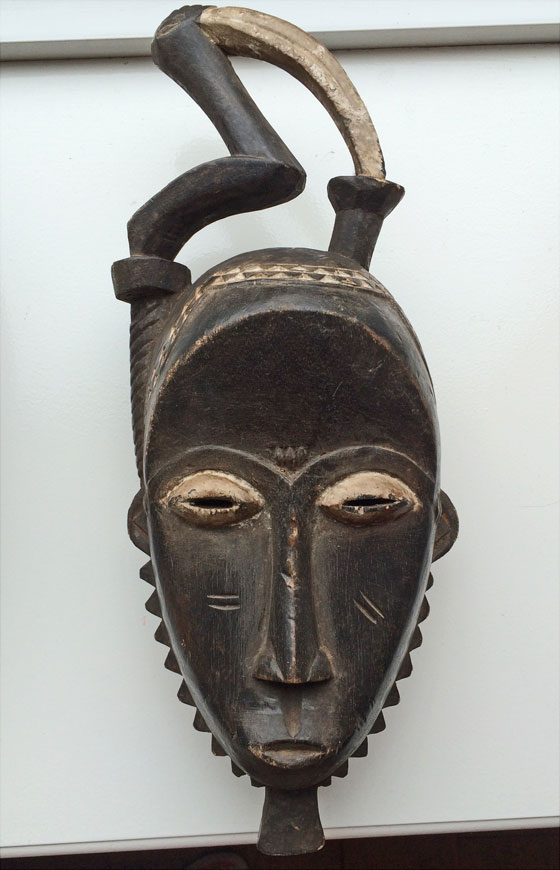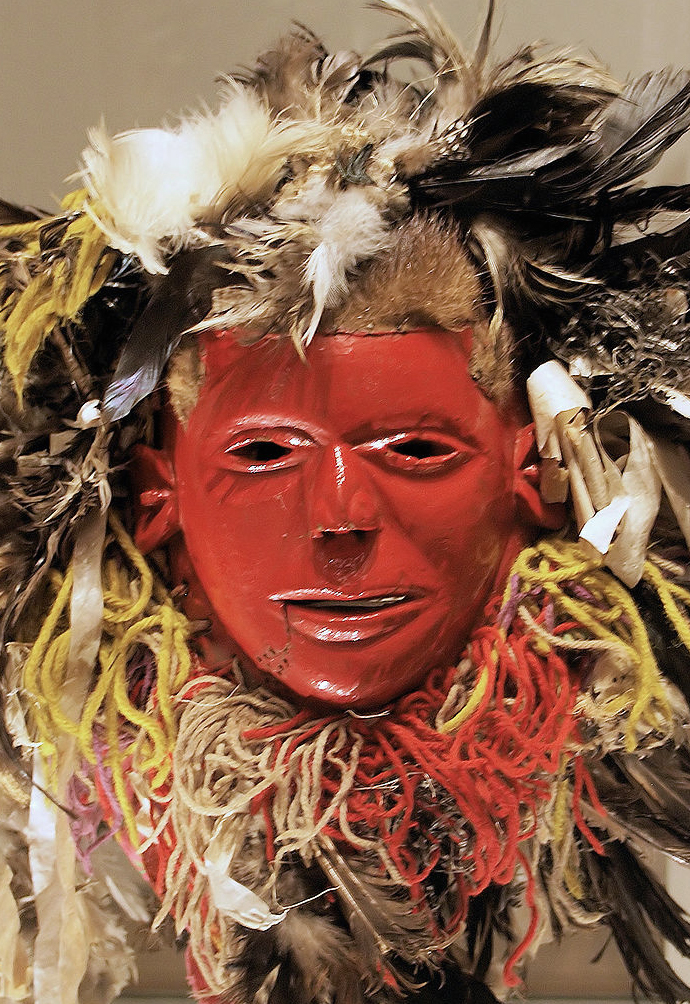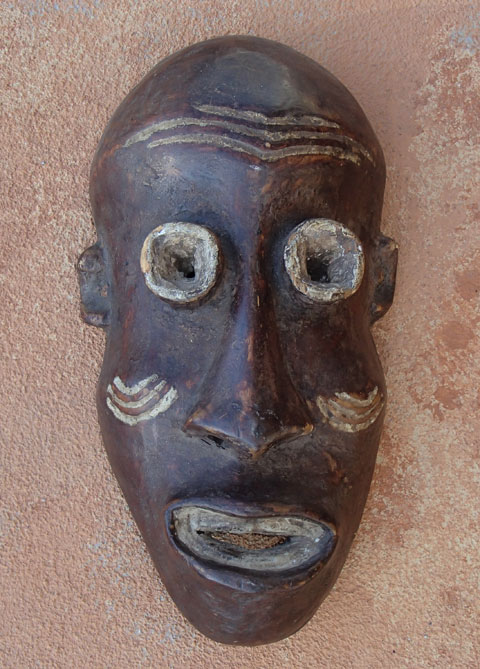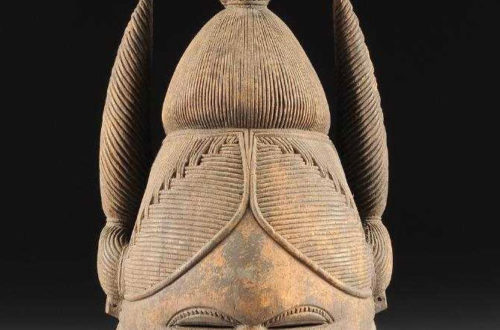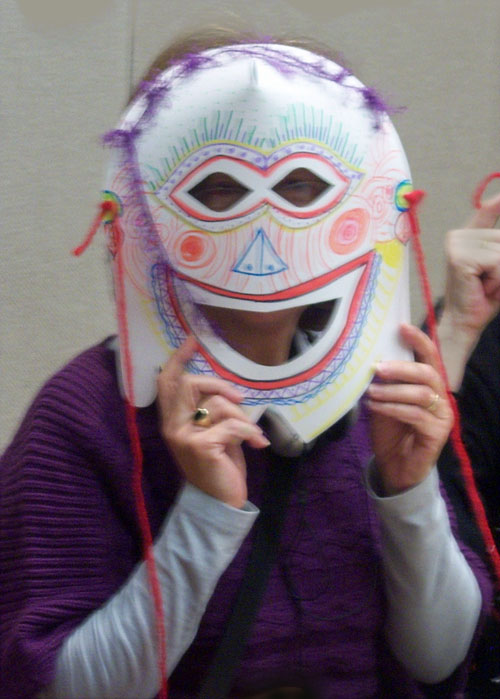These are common throughout Africa. The first mask is from the Suka people of the Democratic Republic of Congo. Covering the dancer’s entire head and resting on his shoulders, it is very rare that African helmet masks would be used for protection in fighting. The second is a Sowei for the women’s Sande Society in Sierra Lione. We posted one called “Sande Society mask for women only” July 16, 2019. You can access it easily. Last is a Lipiko, a mask that is still greatly used in both Mozambique and Tanzania. You can find several on this site. These last two helmet masks are very popular with collectors. There are…
-
-
3 African crest masks
Crest masks sit over the top of the head. Visualize a helmet mask that is way too small. They can be found with the costumes of several tribes in a number of different regions. Two live in southeastern Nigeria and western Cameroon and produce a distinctive types of crests or helmet masks carved from wood and oftencovered with animal skin, possibly from an antelope. With or without the leather, these two masks get a lot of attention. Both portray the human head with a high degree of naturalism. They have expressive facial features, intricate linear tattoo patterns, complex spiral horn coiffures, and feather and fiber ornaments. They would have been…
-
3 African multiple-faced masks
The many tribes living on the continent of Africa use an amazing number of different masks. MasksoftheWorld.com and our book both have way more African masks than any other kind. However there is one subcategory that doesn’t show up in catalogs and collections very often. That would be the ones that have two, three or four faces on the same mask. Obviously they are harder and more costly to make, and can be difficult to display. Using Google you can find them easily. Collectors should try to own at least one each that are well made and affordable (reproductions). The first shown on this blog is a reproduction of a…
-
Yellow Zaouli mask from Africa
Q: I would be really grateful if you could tell me if any of my masks are worth anything. I am only sending you photos of one mask, but I have about 20. Maybe I can upload them to a website and then send you a link to view them ? Kia, 1744 A: Zaouli is a traditional dance of the Guro people of central Ivory Coast. The Zaouli mask, used in the dance of the same name, was created in the 1950s, reportedly inspired by a girl named Djela Lou Zaouli. However, stories on the origins of the mask are varied, and each mask can have its own symbolic…
-
A special African mask
Q: I’ve owned this mask for around 20 years and have often wondered about its authenticity and ethnicity. Lega Bwama has been suggested, but I’m not too convinced. I think it may be a mash-up of several styles aimed for the tourist market. Very much obliged if you could give me your opinion on this. The patina is fine and it is quite nicely carved. I am only interested in African masks that are old or tribaly used. Dave, 1743 A: This is a “mash-up” meant for sales to tourists. Of the many African mask collectors throughout the world, most would like to own old, used ones. Unfortunately, almost African…
-
Typical African mask for sale
Q: I have owned this mask over 25 years. I bought it from a primitive art dealer in New Jersey. I was told it was an exorcism mask from Belgian Congo. Elephant hair on chin, animal teeth, and remnants of leather on the face of the mask have been added. I learned it was most likely from the Kumu tribe. My original thought was that it was Sukuma. My guess on age is right around turn of century if not older. Most people I show it to tell me it is one of the scariest, most disturbing things then have seen first hand. Shaun, 1740 A: Your primitive African mask…
-
Hemba helmet mask from the DRC
Q: Please, can you appraise this mask for me. Sold to me as Ekoi, which it is not. Possibly Suku? It has a leather covering of the facial and neck areas. Bought in South Africa. No provenance. I collect masks from Western and Central African– genuine, tribally-used items only. David, 1736 A: You are correct. It is a Hemba mask from the Suku people in the South-western part of the Democratic Republic of the Congo. Unfortunately, I must remind you that reproductions of Hemba helmet masks are numerous, and they are always made to look old and used. Yours may be an exceptionally well-made repro. I advise you to keep…
-
Ogoni or Ibibio mystery mask
Q: This is an Ogoni tribal helmet mask from Nigeria, West Africa. Got it at a really great price. Carved out of wood, with glass eyes, it is more unique for any other mask we have come across before. It measures almost 16″ from top to bottom x 8″ wide x 8″ deep. It has shells across the top of the eyes, with one is missing. It appears to be quite old, but not sure of age. My guess is mid century or earlier. Shaun, 1734 A: Unusual design, very well made and a lovely patina that suggests usage and care, but you bought it cheap and have no provenance.…
-
Bwa Nunuma mask, Burkina Faso
The Bwa and Nuna live in the dry savannah land of central Burkina Faso. Like other peoples in this area, the Bwa and Nuna seek the help of powerful spirits who live in the wild forests, bush country, and rivers surrounding their villages. The older Bwa masks were made with leaves, feathers and vegetable fibers. They were used in the rituals of the Do initiation society. Later, the Bwa began to carve wooden masks for their rituals, being based on the masks of their neighbors the Gurunsi/Nunuma and their cousins the Bobo. All Bwa masks represent the spirits of the nature who have some influence on the human being. Wishing…
-
Nice Chewa mask from Malawi
My first Chewa post was in Jan, 2019: https://dev.masksoftheworld.com/one-of-my-favorite-masks-chewa/ Recently I saw this one and really liked it. If you have an interest in authentic ethnographic masks, especially African, please explore the Nyau society masks of the Chewa in Malawi, East Africa. Masquerade there is still going strong. Bob, 1730
